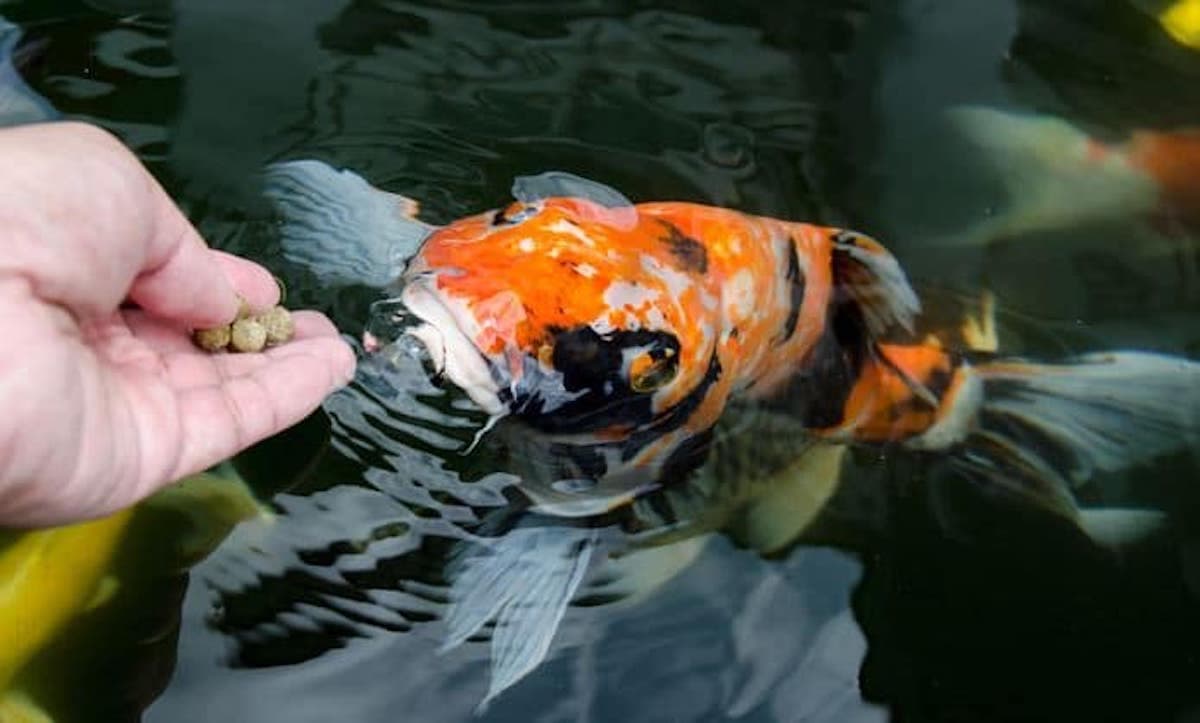
It is important to have balance in your pond when it comes to fish species and densities of those species. Too many prey fish such as bluegills and sunfish can cause them to be stunted or smaller than expected. Their numbers get too high when reproduction out paces predation, harvesting, and natural die off.
Conversely, too few prey and forage fish can cause major problems for your larger, predator fish such as bass, pike, musky, etc. With this sort of imbalance, your predator fish can be too thin, be susceptible to disease, and eventually die.
With a balanced pond and proper ratio of forage and prey fish to predator fish, all the species in your pond can thrive.
Forage and prey fish can range from bait fish such as shad, fathead minnows, and shiners to panfish, such as Bluegills, Rockbass, and Sunfish, to juvenile predator fish. Predator fish in most ponds consist of bass, pike, walleye, trout, and occasionally musky. It is important to know the distinctions to properly address your pond.
Hiring a lake or pond manager can be a crucial first step in determining your current species density and balance and then formulating a plan to improve the balance to achieve the goals you are looking for. Netting and electrofishing can provide a more accurate picture of what species you have in your pond, the size and age of each, and their relative densities.
Each pond and personal situation is unique, so a lake manager can help develop a plan for your pond that meets your specific goals. Your geographic area will also affect your species and densities needed. For example, in the Midwest, you will need to have species that can survive summer heat, but also extreme cold in the winter.
One general rule is a 10-1 ration of bluegill/sunfish to bass for most southern ponds. This typically equates to about 1,000 bluegill to 100 fingerling bass per acre of water. The further north you go, the closer this ration gets to 5-1.
An example of a stocking plan for a 1 acre Midwestern pond according to www.jonesfish.com, would be as follows:
20 lbs. of Fathead Minnows
15 lbs. of Golden Shiners
150 Largemouth Bass (3-4″)
50 Hybrid Striped Bass (3-4″)
400 Bluegill (2-4″)
200 Hybrid Bluegill (2-4″)
200 Redear Sunfish (2-4″)
100 Channel Catfish (3-5″)
8 White Amure (10-12″) where allowed
As you can see, there is a large quantity of rapidly producing bait fish (fathead minnows and shiners), high numbers of prey (Bluegill and Sunfish), and much smaller numbers of predator fish (bass and catfish). This is by design to ensure enough forage for these predators as they grow. Starting all the fish out as fingerlings also allows forage fish to establish before the predators are large enough to consume large quantities of them. In addition, supplemental twice-annual stocking of fatheads and shiners may be necessary to maintain healthy bait fish levels.